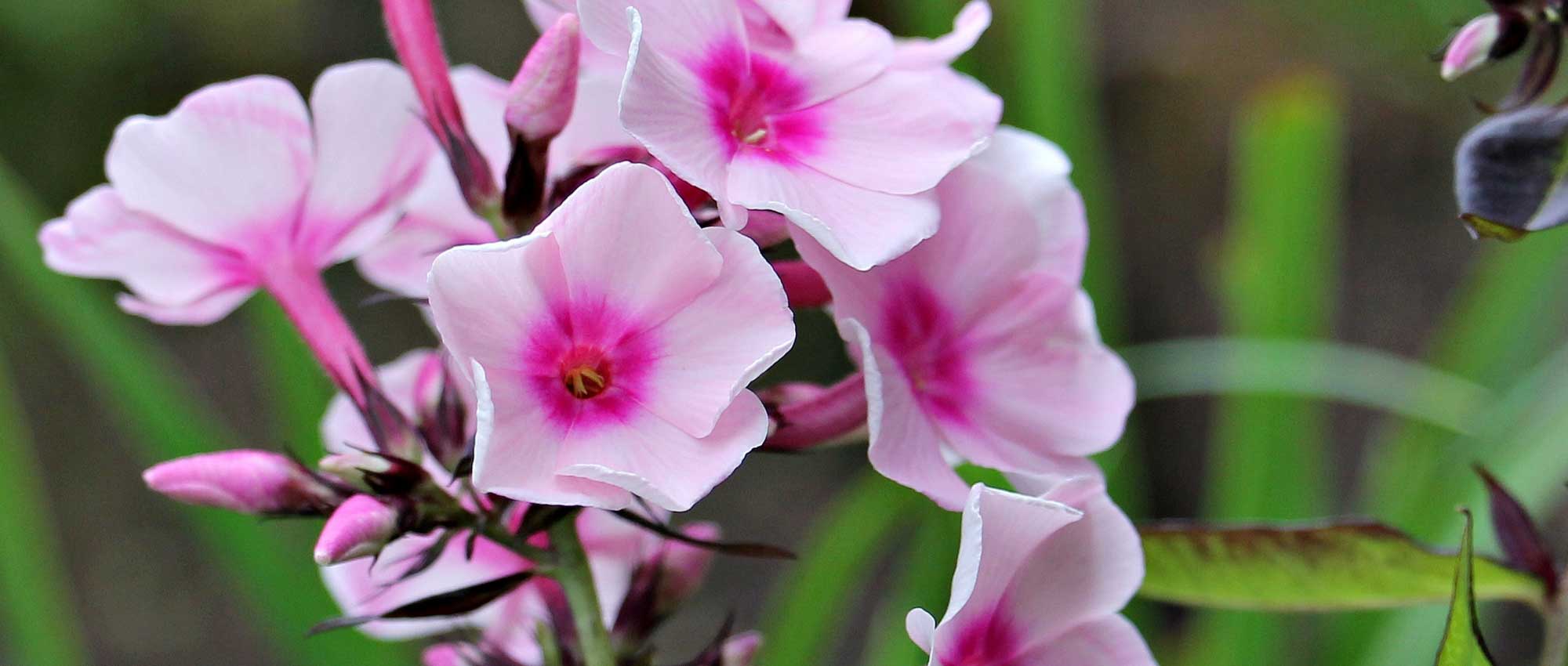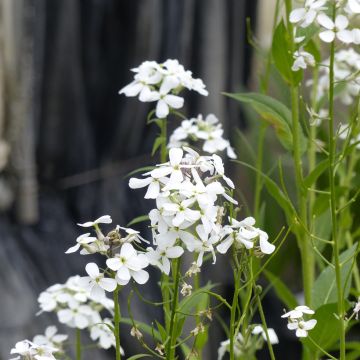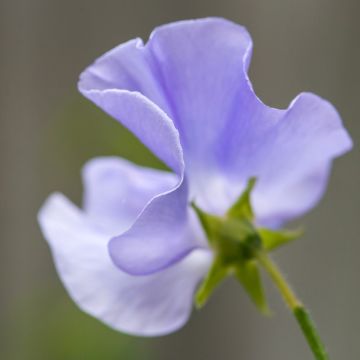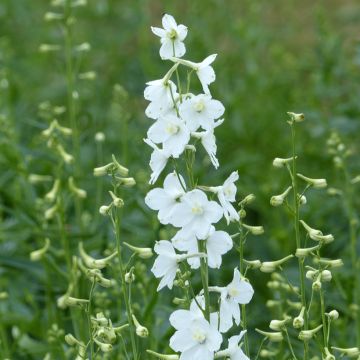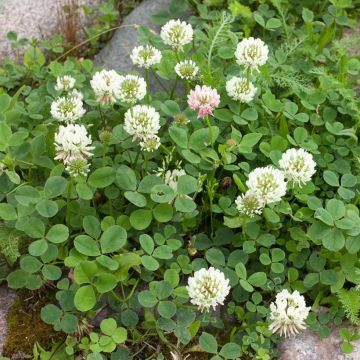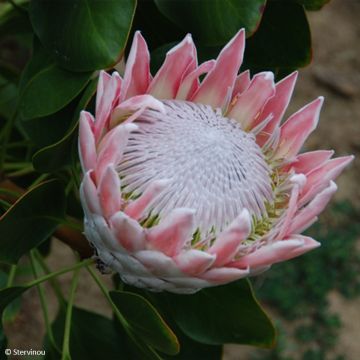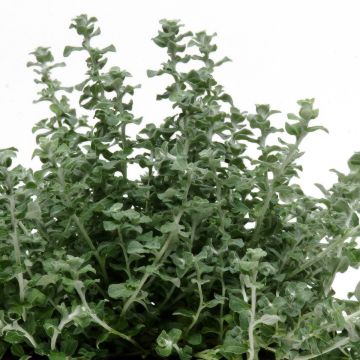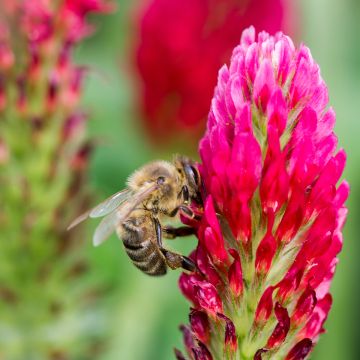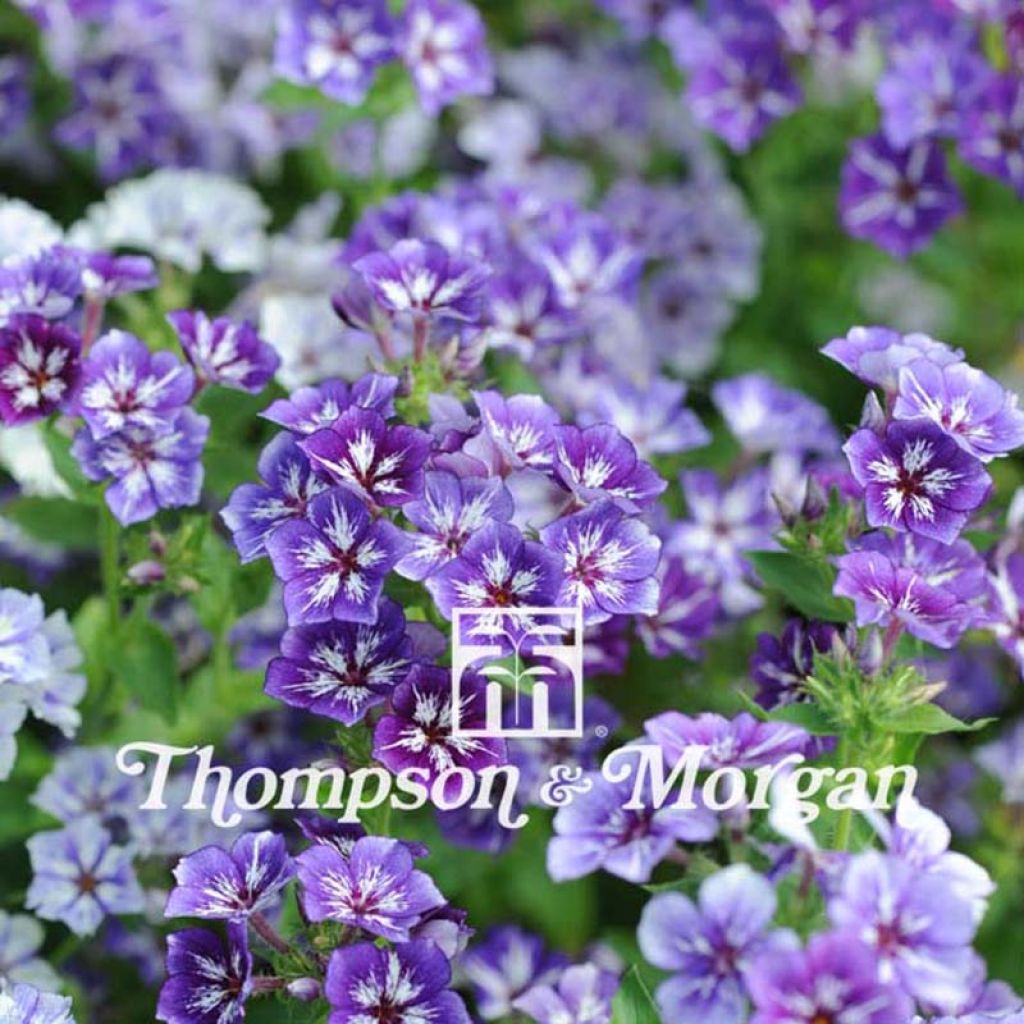

Graines de PHlox drummondii Sugar Stars - Phlox de Drummond
Phlox drummondii Sugar Stars
Phlox drummondii Sugar Stars
Annual Phlox, Drummond's Phlox
Received promptly but nothing came out. No seeds were purchased elsewhere. I had multiple packets.
Marie-Line, 07/05/2018
Special offer!
Receive a €20 voucher for any order over €90 (excluding delivery costs, credit notes, and plastic-free options)!
1- Add your favorite plants to your cart.
2- Once you have reached €90, confirm your order (you can even choose the delivery date!).
3- As soon as your order is shipped, you will receive an email containing your voucher code, valid for 3 months (90 days).
Your voucher is unique and can only be used once, for any order with a minimum value of €20, excluding delivery costs.
Can be combined with other current offers, non-divisible and non-refundable.
Home or relay delivery (depending on size and destination)
Schedule delivery date,
and select date in basket
This plant carries a 6 months recovery warranty
More information
We guarantee the quality of our plants for a full growing cycle, and will replace at our expense any plant that fails to recover under normal climatic and planting conditions.
Would this plant suit my garden?
Set up your Plantfit profile →
Description
The Phlox drummondii 'Sugar Stars' is a new variety of Drummond phlox that is quite fantastic, with its small flowers in different shades of blue curiously splashed with a white star, creating a sparkling effect. This annual phlox of a good size produces a mass of flowers in dense panicles throughout the summer, carried by exceptionally sturdy stems that withstand inclement weather. Pleasantly fragrant, they last up to 10 days in a vase. A low-maintenance romantic plant that is very useful for adding life to borders, rockeries, and flowering pots in a single season.
The Drummond Phlox is named after a Scottish naturalist, Thomas Drummond, who discovered this plant in the prairies of Texas in 1830. This annual species from the phlox family has given rise to many cultivars, varying in height, including 'Sugar Stars', a Dutch variety introduced in 2010. The plant reaches a height of 50cm (20in) with a spread of 30cm (12in) and forms a bushy clump. Its leaves are green and lanceolate, creating a dense background for the panicles in a range of blue shades, from indigo to sky blue. These panicles consist of multiple star-shaped flowers (about 2cm (1in) in diameter) with tubular corollas ending in five lobes. Each flower has a white star in its centre bordered by almost black rays. They are slightly fragrant and bring undeniable charm to romantic gardens. 'Sugar Stars' is an exceptional variety due to the colour of its flower heads and its resistance to inclement weather. The flowers give way to small dark seeds that sow very easily.
Drummond Phlox prefer a sunny exposure and fertile but well-drained soil to flower generously. The blue and sparkling 'Sugar Stars' Phlox will be perfect for bordering pathways, highlighting flower beds, and adorning the terrace in a well-chosen pot. Easy sowing allows for quickly obtaining numerous plants scattered throughout the garden, not far from the house, to admire the unique spectacle of its flowering and enjoy the incessant ballet of butterflies and other pollinating insects. This phlox can be placed in front of a backdrop of purple foliage (Cimicifuga 'Brunette', Physocarpus 'Lady in Red', Berberis 'Atropururea nana'), or silver foliage (Cinéraire maritime, armoises).
Flowering
Foliage
Plant habit
Botanical data
Phlox
drummondii
Sugar Stars
Polemoniaceae
Annual Phlox, Drummond's Phlox
Cultivar or hybrid
Other Flower seeds A to Z
View all →Planting and care
Phlox Drummondii 'Sugar Stars' are best sown under cover in a seed tray from March. If your climate is rather mild, you can even start in February, as the seeds are able to germinate as soon as the temperatures range between 13 and 15°C (55.4 and 59°F).
Just cover the seeds with a thin layer of compost (1 to 2 mm (0in)) that you will keep slightly moist and place in the sun (essential for germination). They will sprout between 10 and 21 days. When the young plants are large enough to be moved and the frost period is over, you can plant them. Choose a rather well-drained soil, if possible, rich and sunny.
Sometimes not tolerating transplanting very well, sowing them directly in place is possible. You will sow after loosening the surface of the soil. Place one seed every 10/15 cm (4/6in).
Cultivation:
Phlox Drummond prefers light, fertile, moist but well-drained soils and a sunny exposure. They are susceptible to powdery mildew, so you can perform a preventive treatment and ensure not to water the foliage but the base of the plant. Protect young plants from slug attacks.
Sowing period
Intended location
Planting & care advice
-
, onOrder confirmed
Reply from on Promesse de fleurs
Similar products
Haven't found what you were looking for?
Hardiness is the lowest winter temperature a plant can endure without suffering serious damage or even dying. However, hardiness is affected by location (a sheltered area, such as a patio), protection (winter cover) and soil type (hardiness is improved by well-drained soil).

Photo Sharing Terms & Conditions
In order to encourage gardeners to interact and share their experiences, Promesse de fleurs offers various media enabling content to be uploaded onto its Site - in particular via the ‘Photo sharing’ module.
The User agrees to refrain from:
- Posting any content that is illegal, prejudicial, insulting, racist, inciteful to hatred, revisionist, contrary to public decency, that infringes on privacy or on the privacy rights of third parties, in particular the publicity rights of persons and goods, intellectual property rights, or the right to privacy.
- Submitting content on behalf of a third party;
- Impersonate the identity of a third party and/or publish any personal information about a third party;
In general, the User undertakes to refrain from any unethical behaviour.
All Content (in particular text, comments, files, images, photos, videos, creative works, etc.), which may be subject to property or intellectual property rights, image or other private rights, shall remain the property of the User, subject to the limited rights granted by the terms of the licence granted by Promesse de fleurs as stated below. Users are at liberty to publish or not to publish such Content on the Site, notably via the ‘Photo Sharing’ facility, and accept that this Content shall be made public and freely accessible, notably on the Internet.
Users further acknowledge, undertake to have ,and guarantee that they hold all necessary rights and permissions to publish such material on the Site, in particular with regard to the legislation in force pertaining to any privacy, property, intellectual property, image, or contractual rights, or rights of any other nature. By publishing such Content on the Site, Users acknowledge accepting full liability as publishers of the Content within the meaning of the law, and grant Promesse de fleurs, free of charge, an inclusive, worldwide licence for the said Content for the entire duration of its publication, including all reproduction, representation, up/downloading, displaying, performing, transmission, and storage rights.
Users also grant permission for their name to be linked to the Content and accept that this link may not always be made available.
By engaging in posting material, Users consent to their Content becoming automatically accessible on the Internet, in particular on other sites and/or blogs and/or web pages of the Promesse de fleurs site, including in particular social pages and the Promesse de fleurs catalogue.
Users may secure the removal of entrusted content free of charge by issuing a simple request via our contact form.
The flowering period indicated on our website applies to countries and regions located in USDA zone 8 (France, the United Kingdom, Ireland, the Netherlands, etc.)
It will vary according to where you live:
- In zones 9 to 10 (Italy, Spain, Greece, etc.), flowering will occur about 2 to 4 weeks earlier.
- In zones 6 to 7 (Germany, Poland, Slovenia, and lower mountainous regions), flowering will be delayed by 2 to 3 weeks.
- In zone 5 (Central Europe, Scandinavia), blooming will be delayed by 3 to 5 weeks.
In temperate climates, pruning of spring-flowering shrubs (forsythia, spireas, etc.) should be done just after flowering.
Pruning of summer-flowering shrubs (Indian Lilac, Perovskia, etc.) can be done in winter or spring.
In cold regions as well as with frost-sensitive plants, avoid pruning too early when severe frosts may still occur.
The planting period indicated on our website applies to countries and regions located in USDA zone 8 (France, United Kingdom, Ireland, Netherlands).
It will vary according to where you live:
- In Mediterranean zones (Marseille, Madrid, Milan, etc.), autumn and winter are the best planting periods.
- In continental zones (Strasbourg, Munich, Vienna, etc.), delay planting by 2 to 3 weeks in spring and bring it forward by 2 to 4 weeks in autumn.
- In mountainous regions (the Alps, Pyrenees, Carpathians, etc.), it is best to plant in late spring (May-June) or late summer (August-September).
The harvesting period indicated on our website applies to countries and regions in USDA zone 8 (France, England, Ireland, the Netherlands).
In colder areas (Scandinavia, Poland, Austria...) fruit and vegetable harvests are likely to be delayed by 3-4 weeks.
In warmer areas (Italy, Spain, Greece, etc.), harvesting will probably take place earlier, depending on weather conditions.
The sowing periods indicated on our website apply to countries and regions within USDA Zone 8 (France, UK, Ireland, Netherlands).
In colder areas (Scandinavia, Poland, Austria...), delay any outdoor sowing by 3-4 weeks, or sow under glass.
In warmer climes (Italy, Spain, Greece, etc.), bring outdoor sowing forward by a few weeks.






























